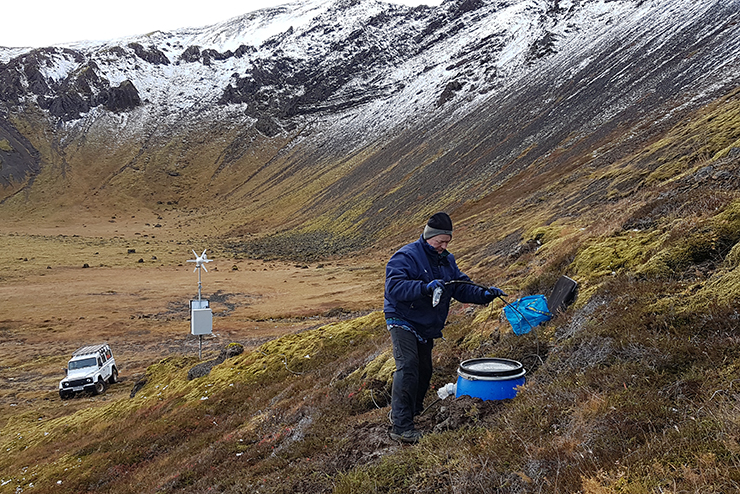2018-10-23
New procedures used in test to control induced seismicity
How can induced earthquakes occurring when deep geothermics are used, best be monitored, predicted and controlled? The Swiss Seismological Service (SED) at ETH Zurich is addressing this question within the framework of the COSEISMIQ project (COntrol SEISmicity and Manage Induced earthQuakes), which has just been launched near Reykjavik. In the wake of the induced earthquakes in Basel and St. Gallen, finding answers to these questions is important for all present and future geothermal energy sites, especially for Switzerland.
Together with Reykjavik Energy, GeoEnergie Suisse and scientists from Iceland, Ireland and Germany, 'adaptive traffic-light systems' will be tested under realistic conditions for the first time. The aim is to develop a system that can learn in real time and takes account of new data and local circumstances and events to minimise the risks of induced earthquakes while maximising energy extraction.
Read more...In recent weeks, as a first step, 23 seismic stations have been set up in the vicinity of the Hengill geothermal area, 30 km east of Reykjavik. Iceland is an ideal location for research because of its many successful geothermal projects, frequent instances of induced seismicity and sparse population. In a next step, induced seismicity during the stimulation of newly created boreholes will be recorded and (largely automatically) analysed. The data thus obtained should then serve as a basis for geomechanical modelling that enables the operator to observe and optimise the development of the reservoir in close to real time. The hope is that in future the adaptive system will help operators adopt targeted measures aimed at limiting induced seismicity. COSEISMIQ is part of the EU-funded GEOTHERMICA research programme.
